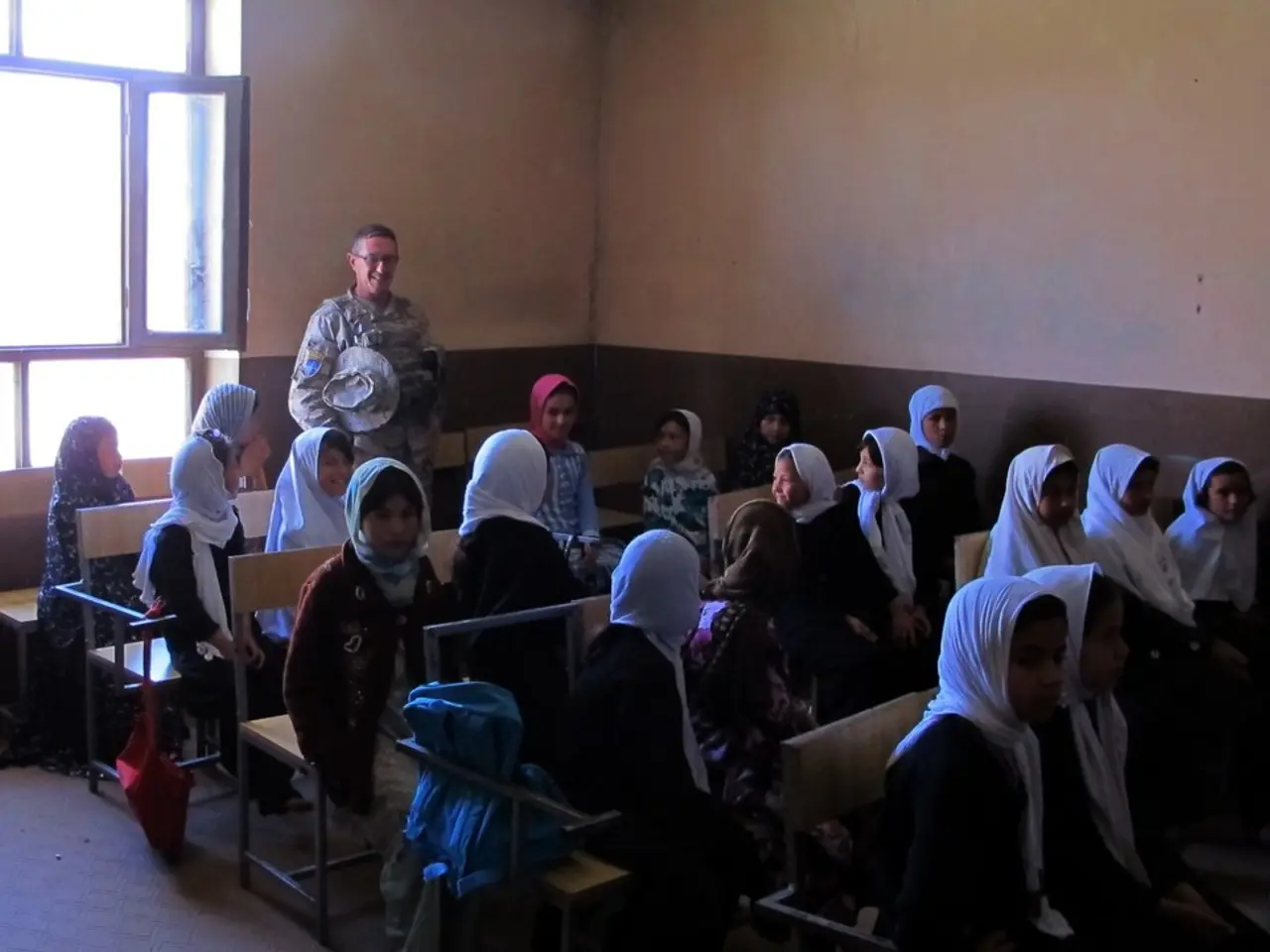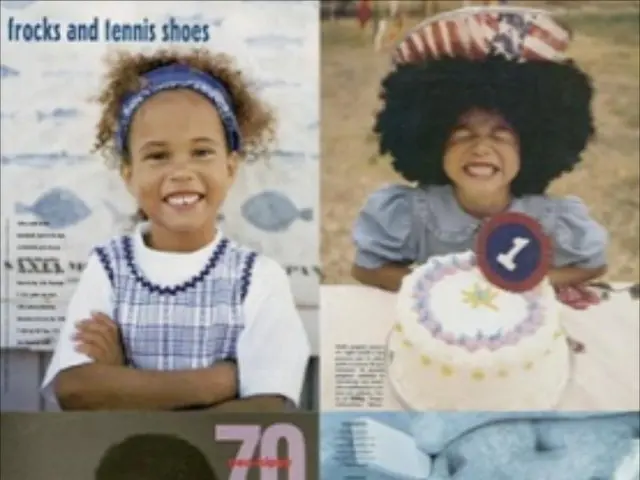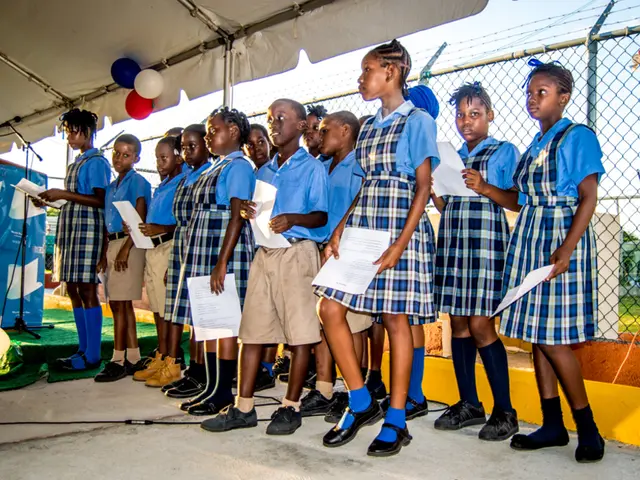Standards of Conduct for Learners Promoting Achievement
In this informal guide, we'll unpack the seven practical strategies for crafting clear behavior expectations in a dynamic learning environment, using examples from top-tier schools like our very own institution. Let's dive right in!
1. Treat Behavior As A Skill To Master
When behavior is viewed as a skill to develop, students thrive. Instead of passively managing reactions, they learn to consciously choose and implement respectful actions, just like mastering reading or problem-solving. Our school, adhering to the International Baccalaureate framework, consistently integrates Approaches to Learning into its curriculum: promoting emotional regulation, organization, collaboration, and ethical decision-making to fuel personal and academic growth.
2. Empower Students To Be Collaborative Architects
Including students in the creation of class norms instills a sense of ownership and boosts motivation. By discussing what behaviors foster a safe and respectful environment, teachers and students collectively shape their classroom culture. This practice is particularly potent in immersive learning environments like ours, where students learn more about their impact on classroom dynamics, outcomes, and relationships, forging a durable sense of responsibility.
3. Walk The Talk: Model The Behavior You Expect
Consistent modeling is paramount in shaping student behavior and fostering a positive learning environment. Teachers must model the language, tone, and body language they desire from their students. Showing patience, appreciation, and fairness is a real-time lesson in emotional intelligence and professionalism. At our school, the primary classrooms are designed with flexible seating and open spaces, allowing respectful behavior to stay center stage across age groups.
4. Encourage Growth Through Reflection
Punishment-focused discipline may quell unwanted behavior in the short term, but it weakens the foundation for meaningful change. Instead, schools should guide students to reflect on their actions, their impact, and create better solutions. Restorative conversations facilitate introspection, helping students understand the consequences of their actions; ultimately building a skillset for emotional resilience and positive behavior adjustment.
5. Adjust Expectations To Fit The Learning Journey
Behavior expectations must evolve with each student's age, social development, and learning context. Younger children require structure, routines, and visual reminders. As students grow, teachers introduce accountability and ethical decision making. Our school aligns behavior goals with each program stage, allowing students to navigate increasingly complex challenges with confidence.
6. Foster Global Citizenship Through Everyday Actions
In diverse classrooms, behavior expectations should mirror respect for multiple cultures, perspectives, and values. Students should learn inclusivity, active listening, and empathy, enabling them to appreciate diverse viewpoints. With over 60 nationalities represented at our school, we provide myriad opportunities for intercultural understanding through language programs, global studies, and international events, setting our students up for a world that values cooperation and intercultural harmony.
7. Nurture Leadership Through Accountability
Students feel the power of their behavior when they see its impact on others. Leadership demonstrates the effects of their actions on peers and crafts the learning environment. Our school offers numerous leadership roles within daily routines, community projects, CAS program, and student voice initiatives, fostering confidence, autonomy, and accountability in students.
In essence, by implementing clear behavior expectations, schools nurture self-regulated learners capable of adapting, thriving in complexity, and embracing the challenges of a changing world. Visit our campus or apply today to experience the transformative impact of our learning environment. Cheers to cultivating a brighter tomorrow together!
- In addition to academic mastery, our school emphasizes the development of behavior skills, viewing them as essential for personal growth and success.
- Embracing global citizenship in the classroom, students learn to appreciate diverse perspectives and develop empathy towards others, fostering a more inclusive and respectful community.
- To create a setting that encourages active learning and personal growth, our school's curriculum integrates leadership opportunities, empowering students to take ownership of their classroom environment and community projects.
- By adopting an education-and-self-development approach, our school prioritizes promoting personal growth, responsibility, and emotional intelligence through the crafting of clear behavior expectations.
- When teachers act as role models for positive behavior, they demonstrate to students the importance of emotional intelligence, professionalism, and respect in a collaborative learning environment.
- In a learning-centered community like our school, students collaborate with teachers and peers to establish classroom norms, fostering a shared sense of responsibility and ownership over their educational experience.








